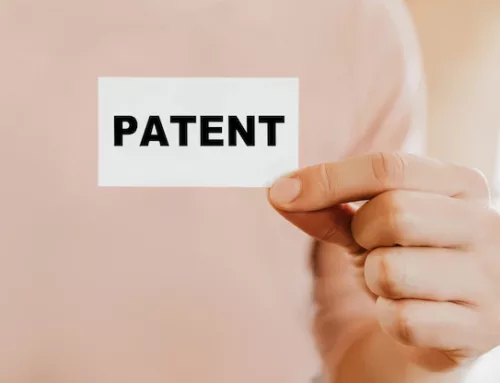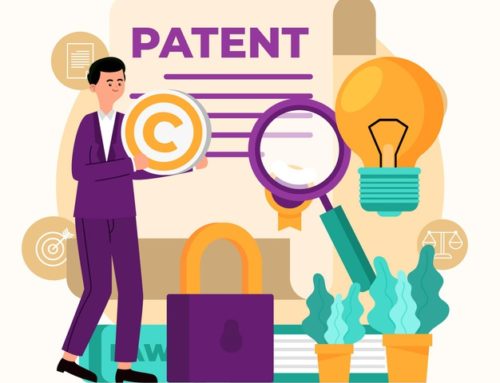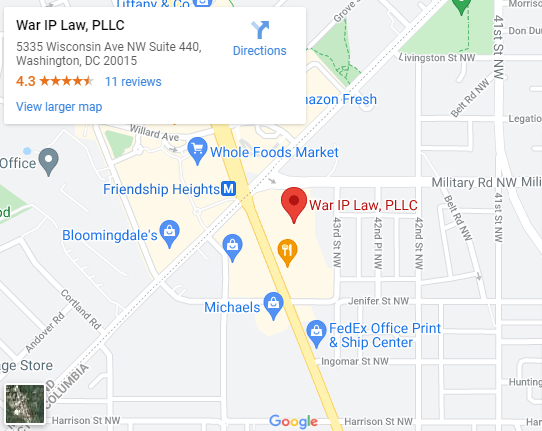Intellectual property is a complicated subject. Few are familiar with the patent process or its significance. You may not realize it, but patent laws are probably relevant to you and your business.
In today’s age, virtually everything can be patentable. A patent application is filed for several reasons. Filing patents involves a complicated application process. You need to do some patent research to understand what aspects of your invention may be patentable and what advantages patent protection can offer you.
Retaining a patent lawyer from a law firm that is knowledgeable on patent prosecution and intellectual property rights will ensure that you get the maximum value for your intellectual property. Make sure you are prepared before going to the US Patent and Trademark Office. One thing that a patent lawyer can explain to you about the process is the difference between the provisional application and the non-provisional application.
The natural next questions are: When should you opt for a provisional patent application? Who should proceed with a nonprovisional patent application?
Below are three things that you need to consider:
-
Time
 A registered patent attorney will be able to explain to you how your business goals should factor into your decision. If you agree that filing for a patent is the best option but you need to disclose your invention, do so. After disclosure, you will then have one full year to apply for a patent with a non-provisional application.
A registered patent attorney will be able to explain to you how your business goals should factor into your decision. If you agree that filing for a patent is the best option but you need to disclose your invention, do so. After disclosure, you will then have one full year to apply for a patent with a non-provisional application.
However, sometimes filing a non-provisional application is not an option yet. If you are given the chance to go to market or you have upcoming meetings with potential investors that cannot be rescheduled, you may opt to have a provisional patent application.
-
Funding
Getting a patent can be costly, especially if you can’t monetize your invention yet. An experienced patent attorney can guide you in filing a provisional patent application, which is relatively inexpensive. The goal of protecting any invention with a patent is to make money by monopolizing the market. With a provisional application, you get the benefit of an earlier filing date with less cost and fewer requirements. You then have a year to consider market conditions, and whether you want to file a non-provisional application to obtain a patent.
-
Development
A provisional application is useful when you want protection for your invention while it is still in the final stages of development. It is possible that there is something you want to make but you are still exploring ways on how to do it. You may start work on something but eventually come up with an entirely different invention after several iterations. If you filed a non-provisional patent application for an initial prototype that was drastically modified, you would have to start over and file a new application. In your provisional application, you can attempt to disclose the many different potential iterations of your invention to get some flexibility for product development and finalization.
Navigating the patent application system can be stressful. A registered patent attorney will be able to explain to you in more detail the risks and benefits discussed above, as well as how to file an invention disclosure form, how to file a patent application, or how to obtain a patent.
There are several questions related to getting a patent: How are patent applications filed? What if I have never filed a patent before? How long does it take for the USPTO to process your application after the patent was filed?
Retaining a registered patent attorney will ensure that formalities related to your patent application are followed and documented correctly, and that you are informed every step of the way. Contact our Washington patent attorneys at War IP Law for a free consultation.





